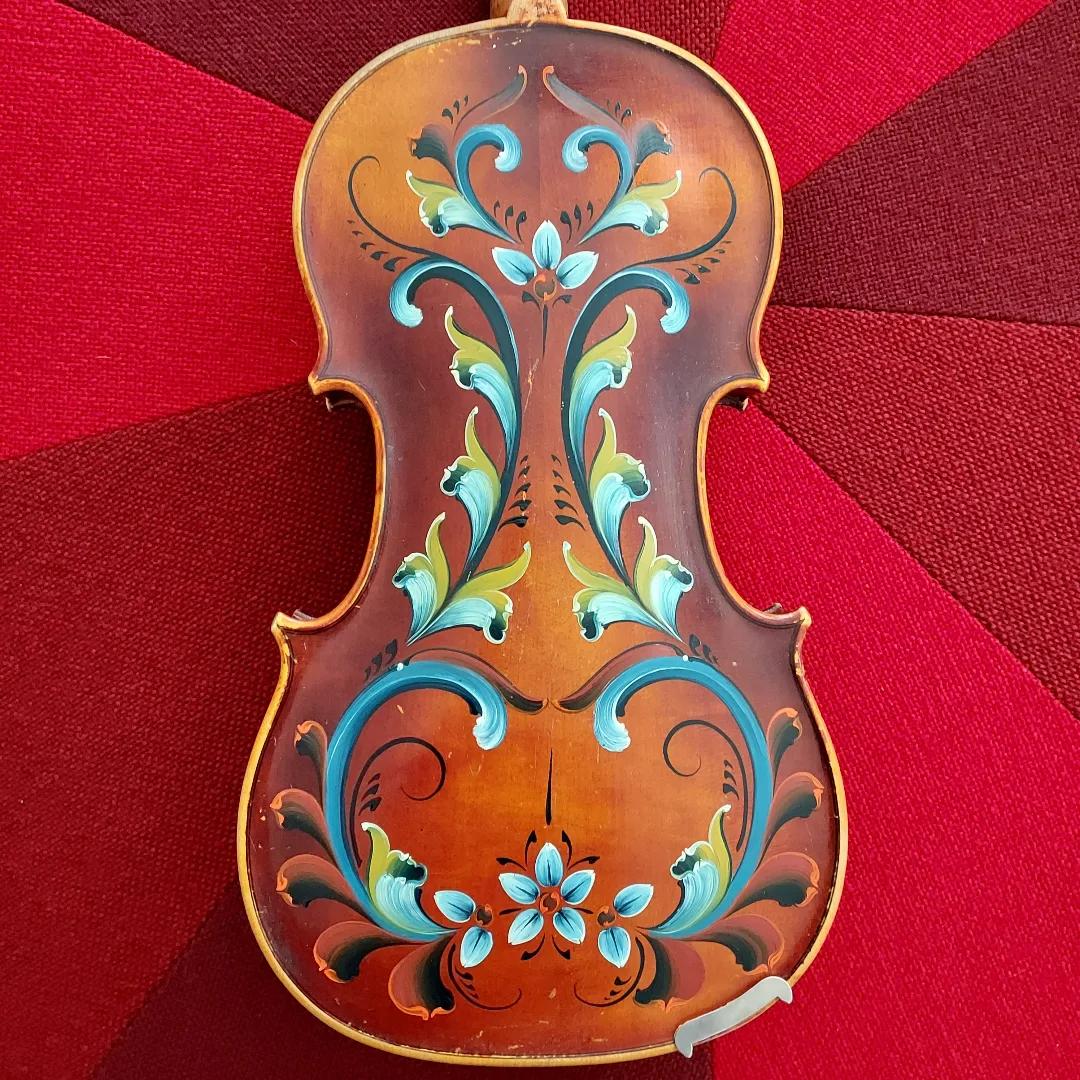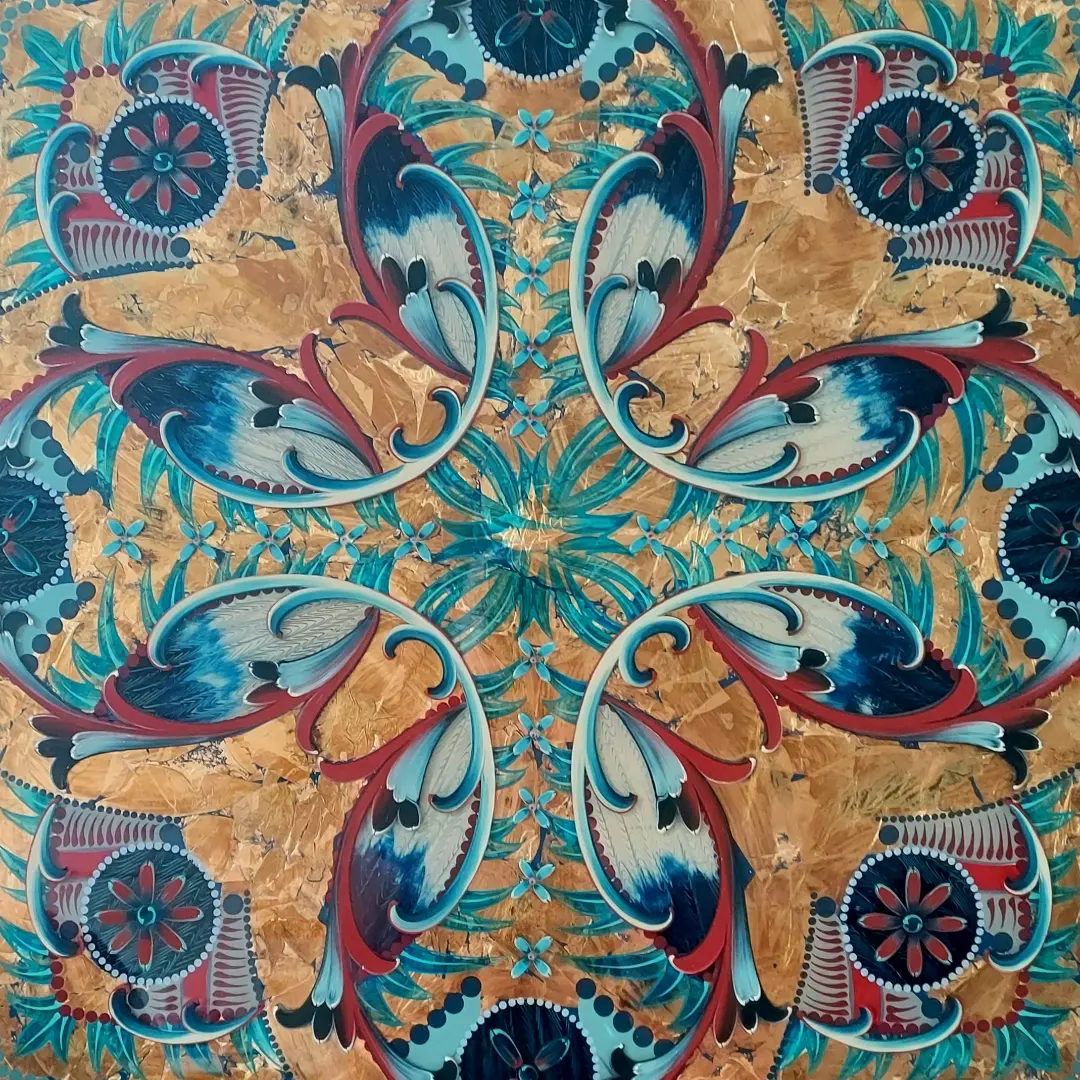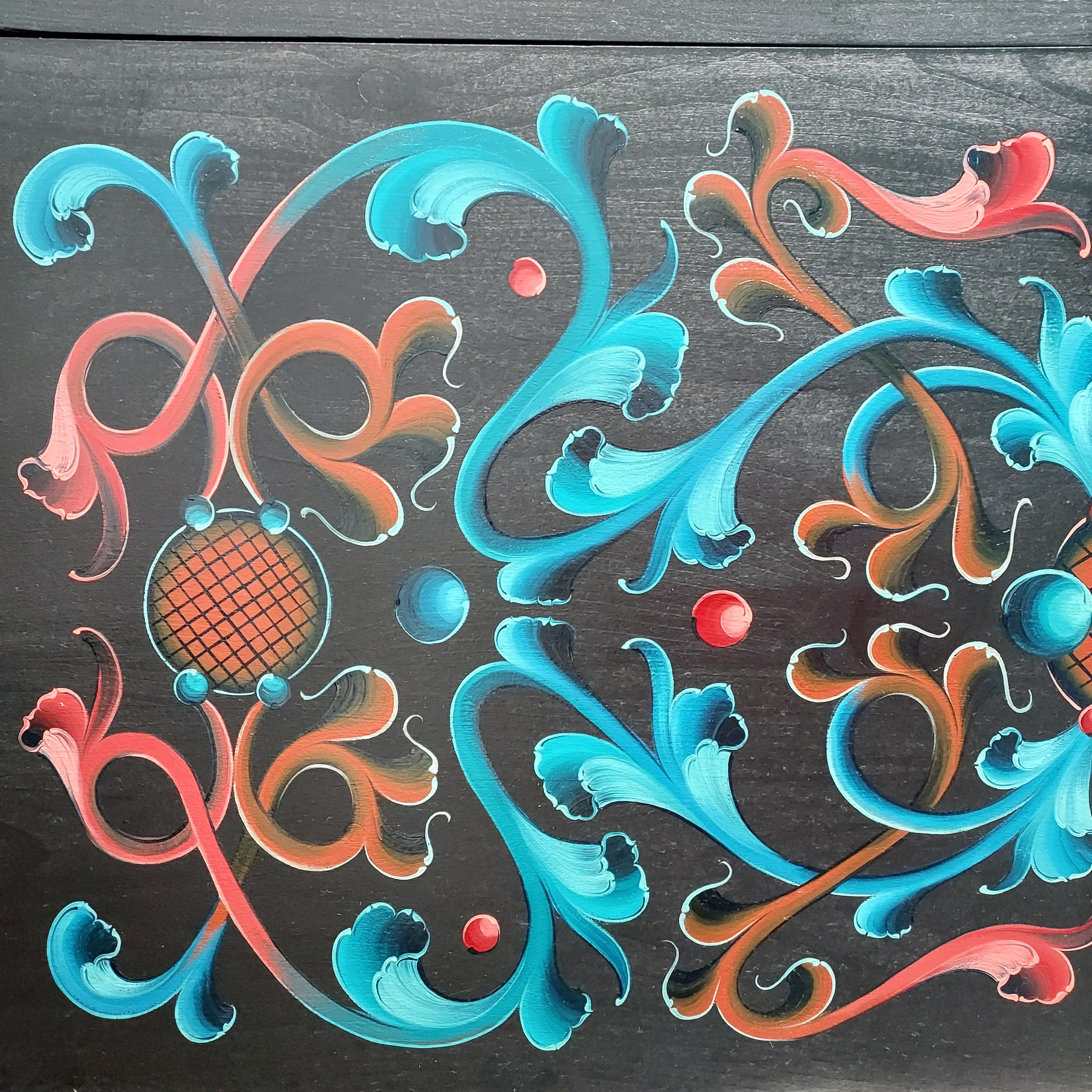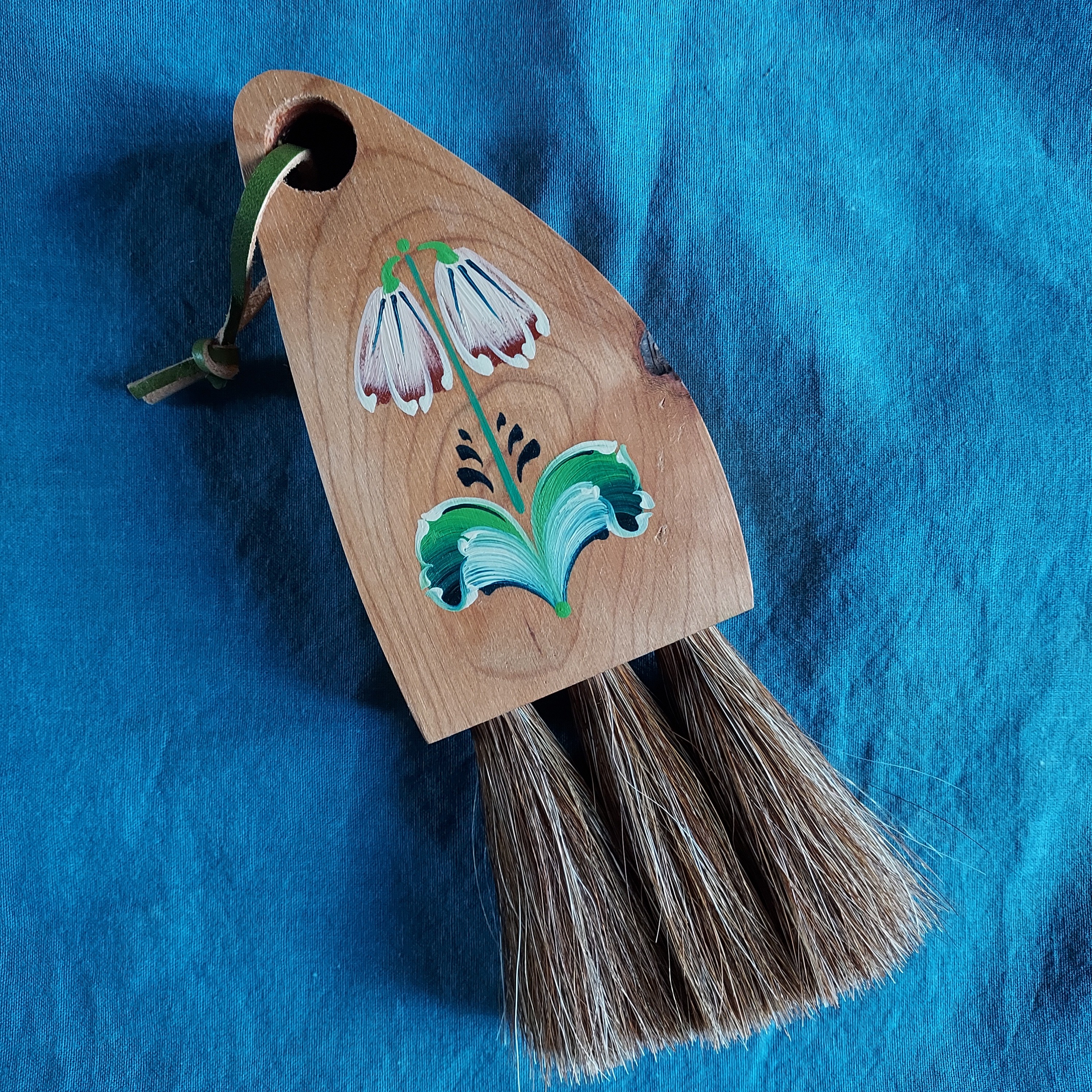
Flower Power

All styles of rosemaling contain flowers. So what sets Gudbrandsdal style apart? In this blog post, Tara Austin decodes some of the common motifs found in Gudbrandsdal rosemaling.
I fell in love with rosemaling for simple reasons. It’s attractive, and it highlights the natural beauty of our earth, with leaves and flowers growing in a stylized manner. All of the styles of rosemaling have flowers in some capacity.
I am most drawn to Gudbrandsdal Style rosemaling, which has the least amount of flowers and teardrops that are more popular, for example, in Telemark style rosemaling. Gudbrandsdal style is known for being stylized after the acanthus leaf and the exquisite woodcarving of the region.

The foundations of this style are three-dimensional, which lends itself to a more architectural and elegant appearance. I may be a bit biased toward its beauty—after seeing examples of Gudbrandsdal rosemaling during Mary Schliep and Kim Garret’s North House class in 2014, I was drawn to decode the mystery of brushstrokes that created such dramatic leaves and, on occasion, tulips flowers. Gudbrandsdal is often painted on a dark background, and the tulip flower is usually a contrasting color, joyfully growing with the folding acanthus leaves.

Many other styles of rosemaling, including Telemark style, Hallingdal style, Rogaland, Os, etc., employ “fantasy” flowers. Our eyes may discern irises, orchids, daisies, or sweet pea blossoms. There aren’t any rules to the nomenclature of the flowers in rosemaling, although I would like to believe that Linnaeus himself would love to see a stylized twin flower!
Linneaus is the Swedish botanist credited with creating the system of naming plants and animals that we use today. His namesake flower is the linnaea borealis, commonly known as the twinflower. It has two tiny pink and white bells falling from a very delicate stem close to the forest floor and is commonly found in Northern Minnesota. Although Scandinavia is geographically distant from us, we share a very similar boreal biome. So, I urge you to take notice of the flowers of the beautiful boreal region around the North House campus, or your own backyard. Imagine what those little plants would look like if they were transformed into strokes of oil paint and embellished with teardrops…
 Rosemaling by Tara Austin on a brush made by Liz O'Brien in Marybeth Garmoe's class (all current or past Resident Artisans!)
Rosemaling by Tara Austin on a brush made by Liz O'Brien in Marybeth Garmoe's class (all current or past Resident Artisans!)